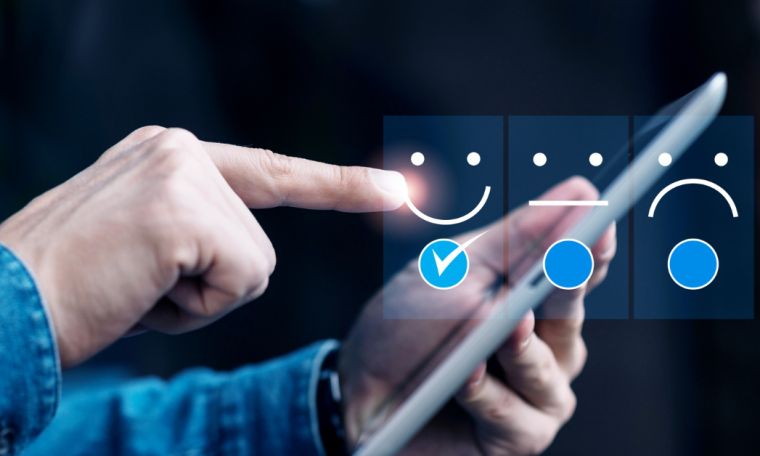
In the ever-evolving landscape of the modern workplace, the pursuit of diversity, equity, and inclusion has become a central focus for organizations aiming to foster a healthy and productive work environment. However, despite these efforts, microaggressions persist as subtle, often unintentional, acts that can have a profound impact on individuals and workplace dynamics. This blog explores the concept of microaggression, their prevalence in the workplace, and the importance of cultivating a culture of inclusivity.
Defining Microaggressions:
Microaggressions are subtle, often unconscious, verbal or non-verbal behaviors that communicate derogatory or negative messages to individuals based on their race, gender, ethnicity, sexual orientation, or other protected characteristics. These actions may be unintentional, but their cumulative effect can be emotionally and psychologically damaging.
Common Forms of Microaggressions:
- Microinvalidations: Statements or behaviors that dismiss or negate a person’s identity or experiences, such as denying the existence of racism or insisting on colorblindness.
- Microinsults: Subtle comments or actions that convey rudeness, insensitivity, or demeaning attitudes, often manifesting as backhanded compliments or jokes.
- Microassaults: Explicit, intentional acts that convey discriminatory or biased messages, including the use of slurs or derogatory language.
Prevalence in the Workplace:
Despite increasing awareness of the importance of diversity and inclusion, microaggressions persist in many workplaces. These behaviors can manifest in various forms, such as subtle comments, exclusionary practices, or unconscious biases in decision-making processes. Recognizing and addressing these issues is crucial for fostering a truly inclusive workplace culture.
Impact on Individuals and Work Environment:
Microaggressions can have a profound impact on individuals’ mental health, job satisfaction, and overall well-being. Constant exposure to these subtle forms of discrimination can lead to feelings of isolation, imposter syndrome, and decreased morale. Moreover, the cumulative effect of Microagressions in the workplace contributes to a toxic work environment, hindering collaboration and innovation.
Creating a Culture of Inclusivity:
- Education and Awareness: Organizations should prioritize diversity and inclusion training to raise awareness about microaggressions, their impact, and strategies to address them. This can empower employees to recognize and challenge these behaviors.
- Open Communication: Fostering open dialogue allows employees to share their experiences and concerns without fear of retribution. Creating channels for communication, such as employee resource groups or anonymous reporting mechanisms, can help address microaggressions proactively.
- Leadership Accountability: Leadership plays a pivotal role in shaping workplace culture. Leaders must set the tone for inclusivity, modeling appropriate behavior and addressing microaggressions promptly. Establishing clear policies and consequences for such behaviors reinforces a commitment to a respectful work environment.
- Inclusive Policies and Practices: Organizations should regularly review and update their policies to ensure they promote diversity and inclusion. This includes recruitment practices, promotions, and other aspects of the employee lifecycle. Implementing blind recruitment processes and diversity quotas, when appropriate, can help mitigate unconscious biases.
Conclusion:
Microaggressions may be subtle, but their impact on individuals and workplace culture is undeniable. Organizations must recognize the importance of addressing these behaviors to create a truly inclusive and supportive environment for all employees. By fostering awareness, open communication, leadership accountability, and inclusive policies, workplaces can take significant strides towards eliminating microaggressions and building a diverse and thriving community.



